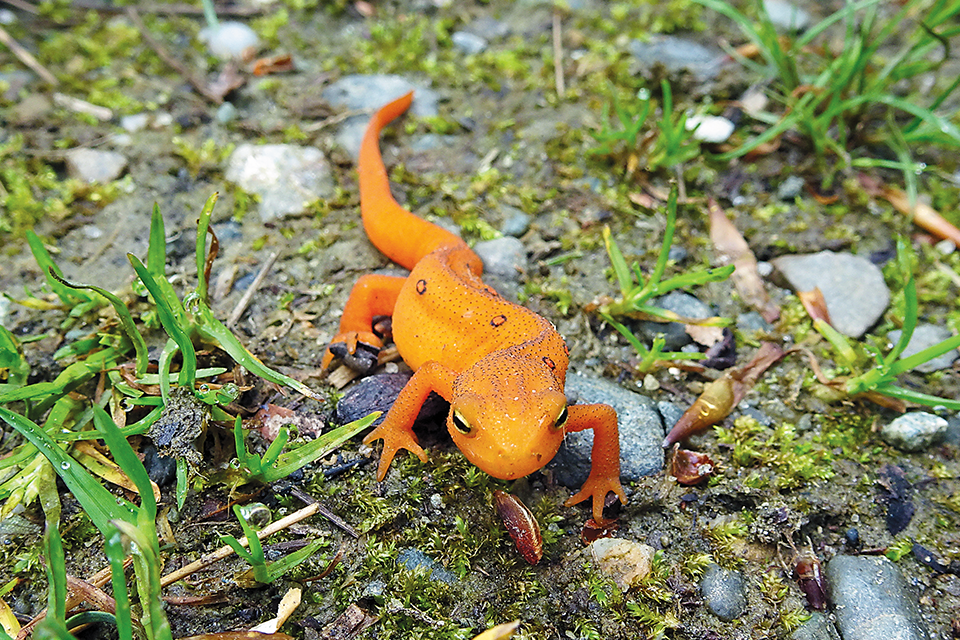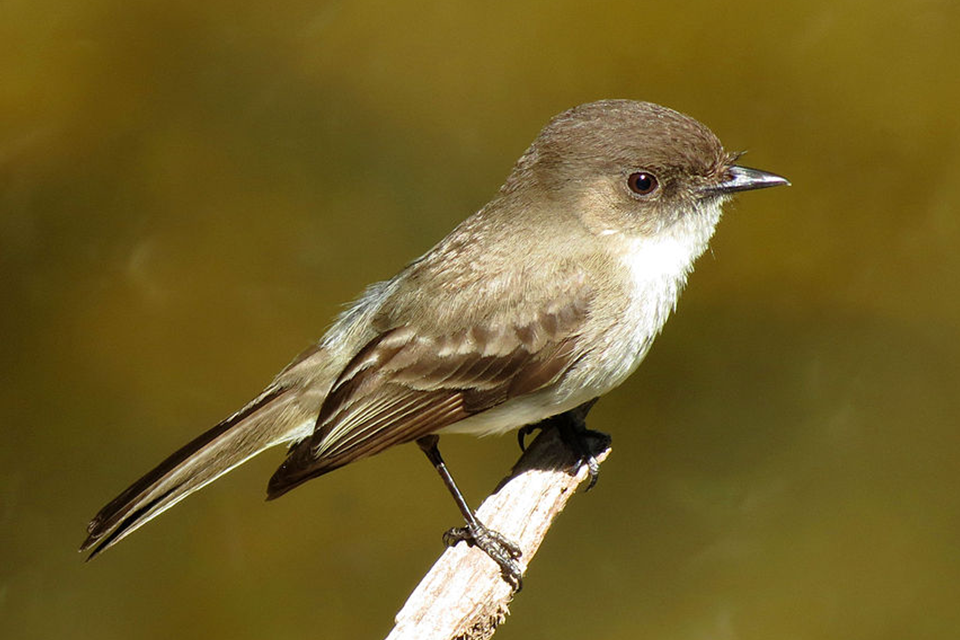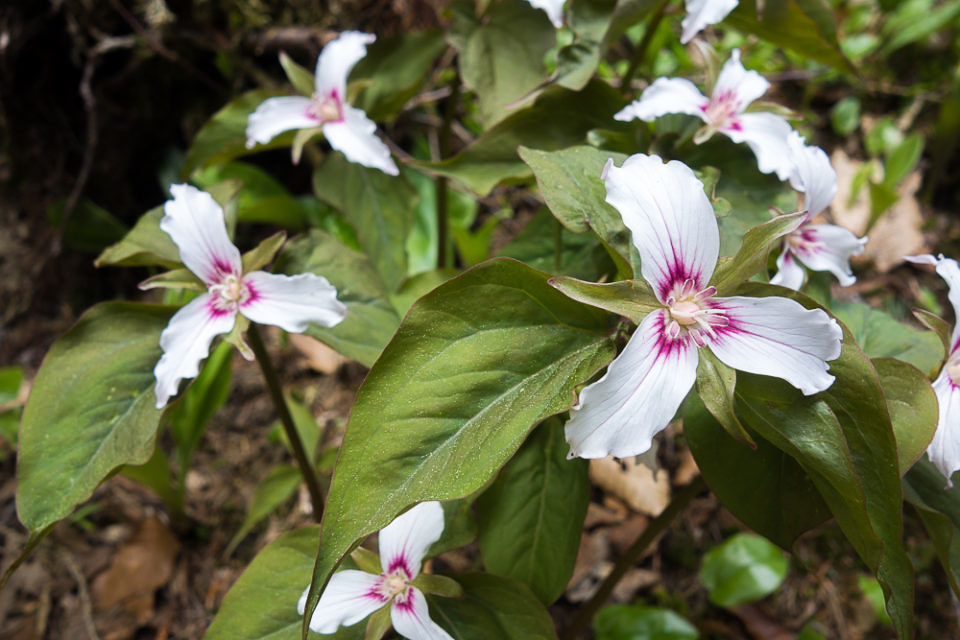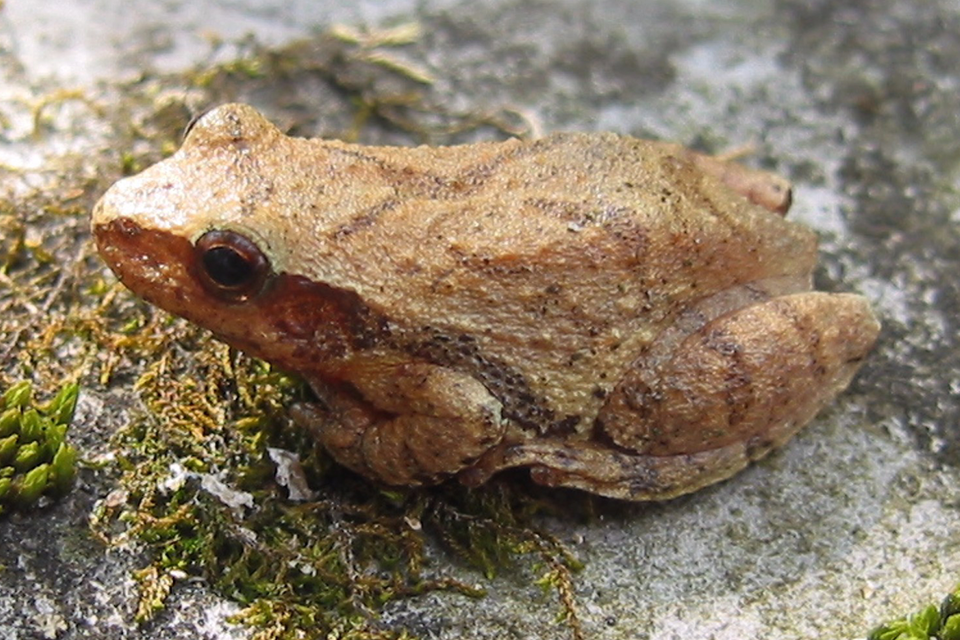Spring officially started March 20, but warming weather ushers in the real telltale signs of spring. Flowers are blooming and trees are budding. Birds are migrating back to Vermont to breed, or they’re stopping in for food and rest on their way further north. You don’t have to be an expert naturalist to observe these seasonal changes. You just have to know where to look.
Where to Look for Signs of Spring

In the water:
Amphibians — such as spring peepers, wood frogs, blue-spotted salamanders, eastern newts, and red-backed salamanders — are all telltales of spring. That’s because as temperatures warm, they gather to mate.
Near any wet and marshy areas in spring, and you are sure to hear choruses of short, ascending whistles. These calls are male spring peepers, a type of frog that is looking to mate between mid-March and July. They spend the winters dormant and nearly frozen through, surviving due to a natural anti-freeze. Learn more about Vermont’s frogs here and see if you can spot any amphibians on your next outing.
Woodland lakes and ponds are a good starting point for spotting Vermont’s amphibians, but a better bet (if you can find one) are the state’s vernal pools. Vernal pools are seasonal bodies of water; they form from rain and snowmelt, but dry up in the summer. They’re a favorite among frogs and salamanders for laying eggs because there are no fish or other predators to eat the eggs. Visit a nearby vernal pool and see if you can find eggs (gooey sacks with black dots) and tadpoles.
Take pictures, but remember that we’re visitors to these natural spaces. Don’t chase, poke at, or otherwise harass the wildlife and leave their home as you found it.
In the air:

Many birds migrate south ahead of winter weather looking for abundant food sources and return in the spring to breed. New faces in the neighborhood are a telltale that spring is arriving. Check out this list of Vermont’s common wildlife by season, or start with these five, easy-to-identify spring birds:
- Eastern Phoebes
- These plump birds have large heads, grayish brown bodies, and a whitish belly.
- Find them in open woodlands near water, although nests commonly building eaves, overhanging decks, and around bridges.
- Their song is fee-bee. It’s easily confused with the chickadee’s swee-tie, but the phoebe’s song is raspier and has two parts.
- Killdeer
- These shorebirds are identifiable by their short plover bills and slender and lanky legs; they have brownish-tan coloring, white bellies, and two black bans across their chests.
- Find them in near sandbars, mudflats, and grazed fields.
- Their call is kill-deer.
- Ruby-Throated Hummingbirds
- These glistening hummingbirds are easily distinguished by emerald green coloring on the back and head. Males have an iridescent red throat.
- Find them in deciduous woodlands (which means most of the trees lose their leaves in winter), forest edges, orchards .
- Their call is chee-dit. More likely, you’ll hear the humming of their fast-flapping wings; it’ll sound like bees buzzing.
- Hermit Thrushes
- These round-headed birds are Vermont’s state bird, and have brownish feathers, a reddish-tale, and white chest with smudged spots.
- Find them in open forest, near trails, pond edges, and areas opened by fallen trees.
- Their song is ah, purity purity.
- Barn Swallows
- Barn swallows have a cobalt blue coloring above, and tawny coloring beneath. Their deeply forked tails stream out, and you might recognize them as something from a cartoon.
- Find them in open areas such as parks, ball fields, hay fields, and beaches.
- Their call is whirrs.
Another telltale that you might see in the air (or all over the car) is pollen. Pollen, a common source of allergies, is actually a plant’s way of reproducing. Pollen is produced by male plants, and is carried off by wind and pollinators (such as bees) to a female plant. When the two meet, seeds are produced to start the next generation. Look around your neighborhood: can you find pollen in the air, on a pollinator, or on a plant?
On the Ground:

A favorite telltale of spring are its wildflowers. Before the forest canopy fills with leaves, the sunlight is able to reach the forest floor. This spurs many wildflowers to bloom as they turn that sunlight into energy, flower, and reproduce. Some of the earliest bloomers include trillium, trout lilies, and spring beauties. How many wildflowers can you pinpoint on your next nature walk?
- Trillium has three petals and three leaves. You can find them in red, white, and white with pink coloring.
- Spring beauties are small, with white to light pink flowers.
- Trout lilies have yellow flowers and mottled leaves, resembling its namesake fish.
- Dutchman’s breeches are small white flowers resembling the namesake pant.
You should also check out this list of common Vermont wildflowers for more info on when they each bloom.
Like birds, another telltale of spring is the animals we haven’t seen since fall. Some emerging creatures — like bears and skunks — have spent most of winter slumbering. You’ll start to see them out and about in spring (don’t forget to maintain a safe distance).
You might also notice more nests and dens. Rabbits, which have left their prints all over the snow through wintertime activities, are now raising their young. You may see their dens in the lawn; be sure to keep a respectful distance. Which animals have you noticed this season? Are there creatures you haven’t seen, but maybe heard their calls or noticed their tracks? Share photos of your scouting adventures.
Good luck adventuring and finding signs of spring, and remember to keep a safe and respectful distance. Learn more about Leave No Trace principles to do your part in protecting and stewarding natural areas.




















[…] Spring is here! Can you find it? […]